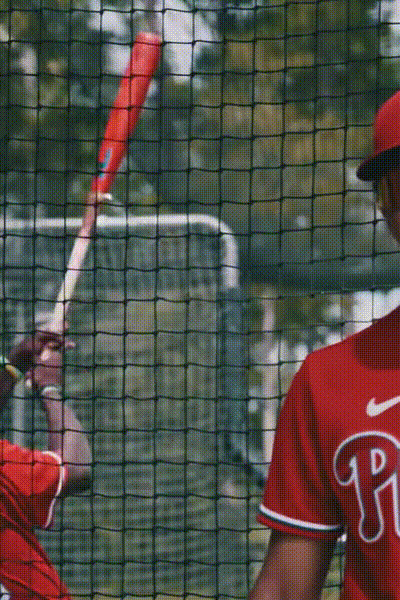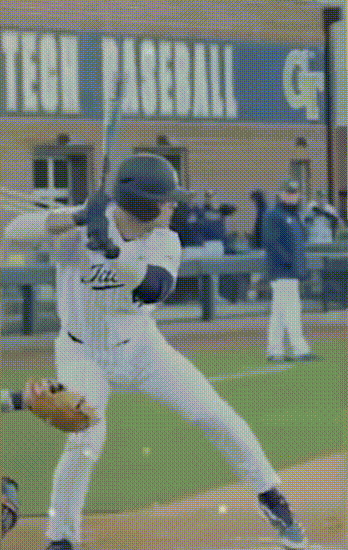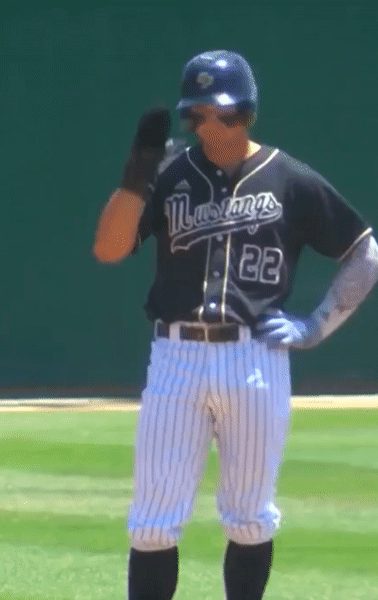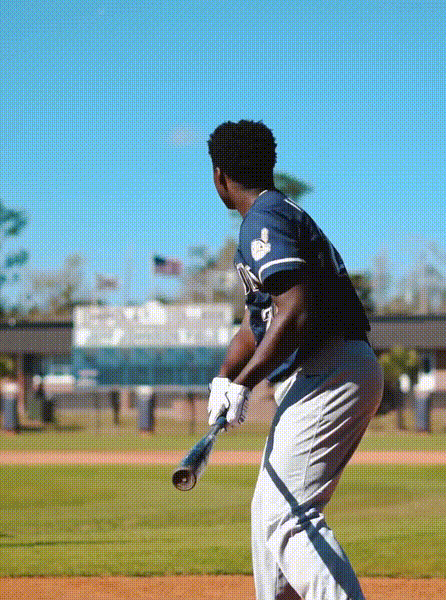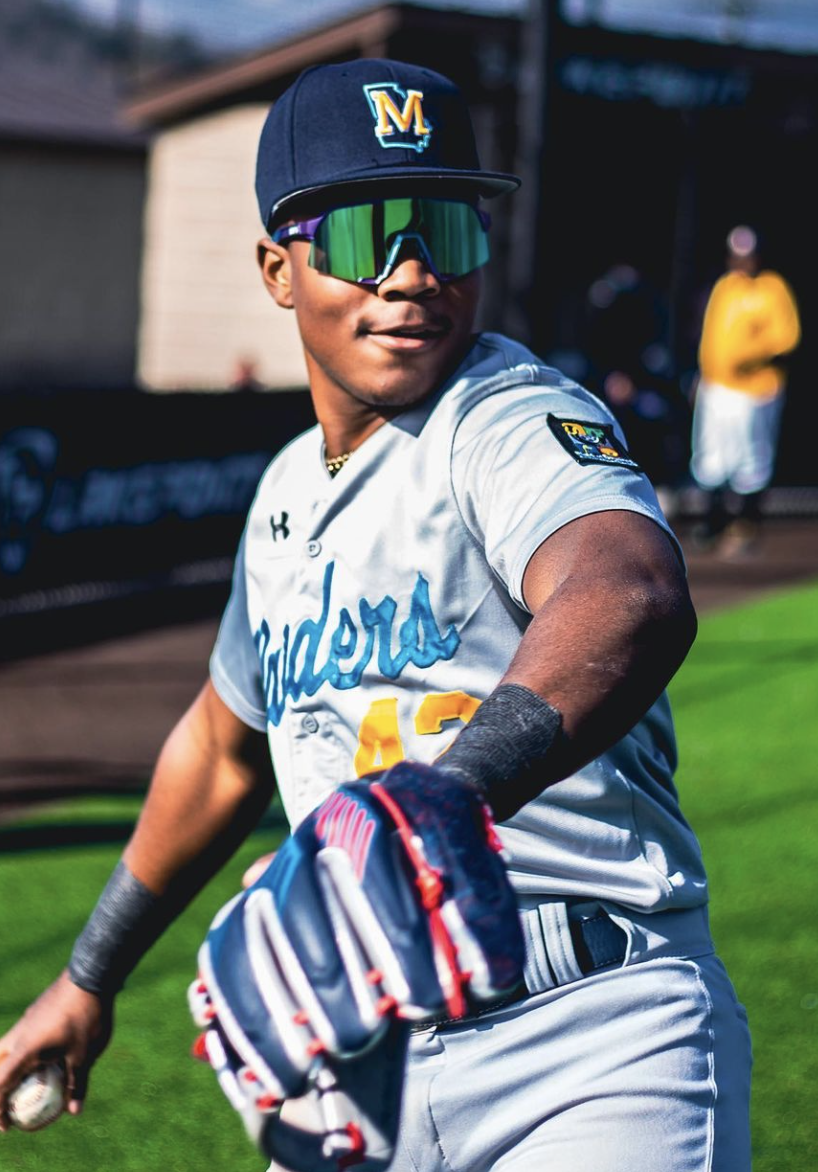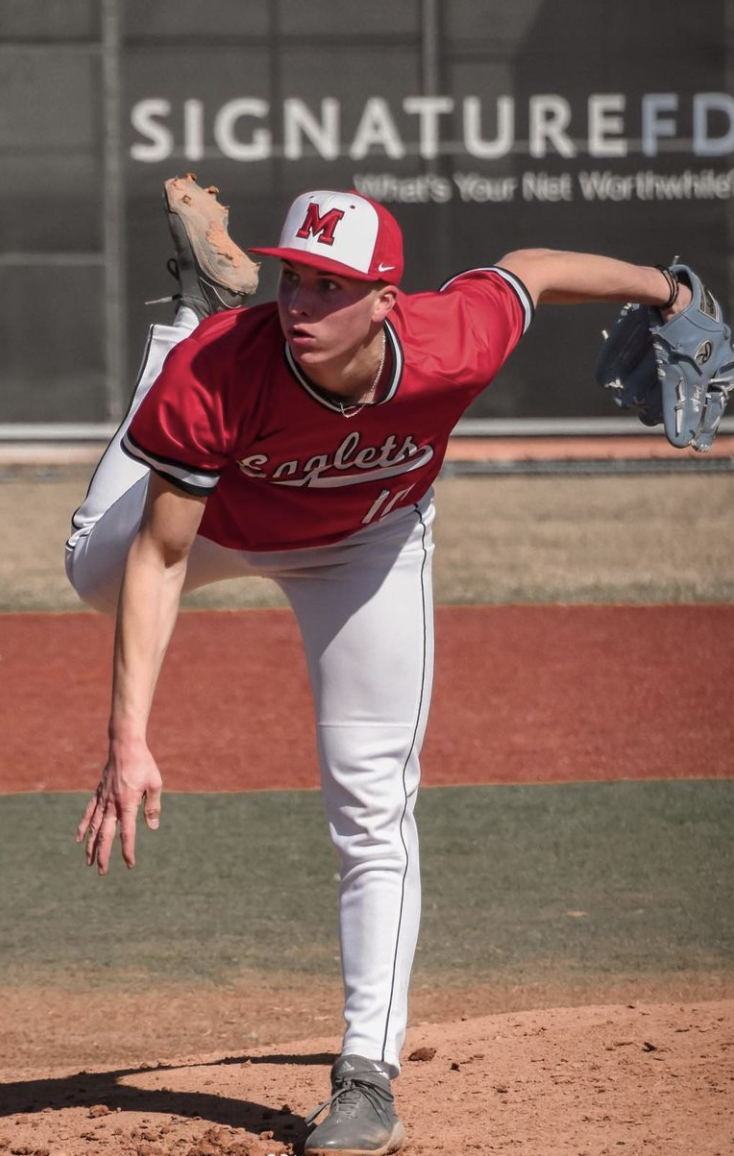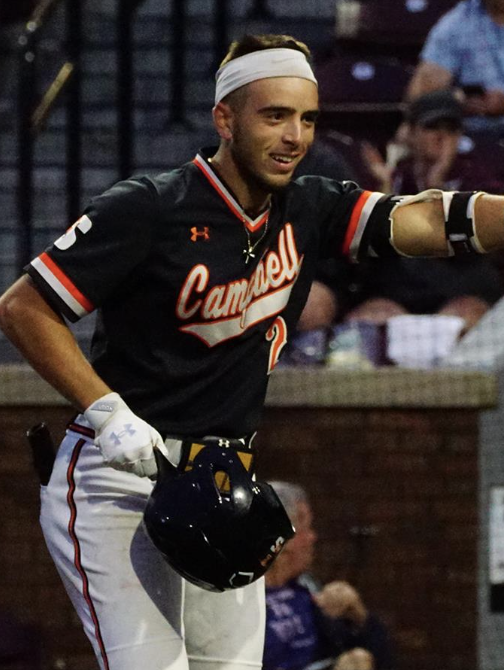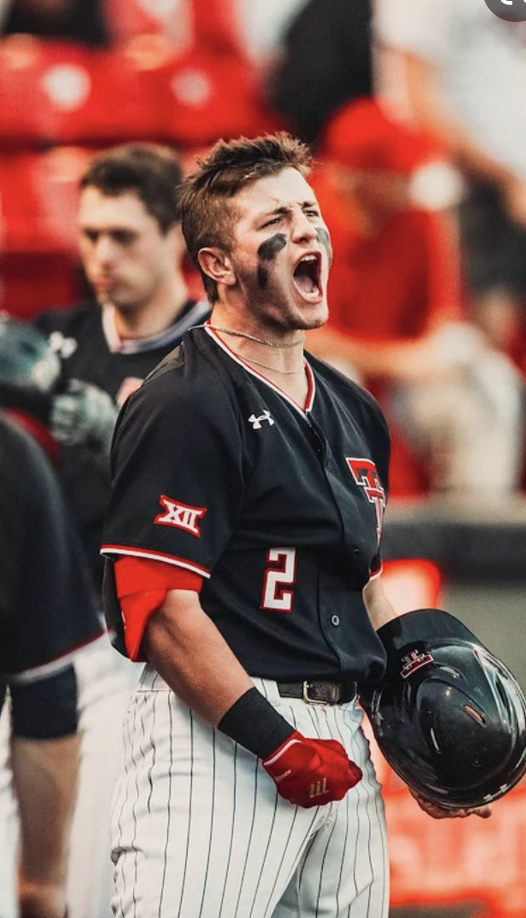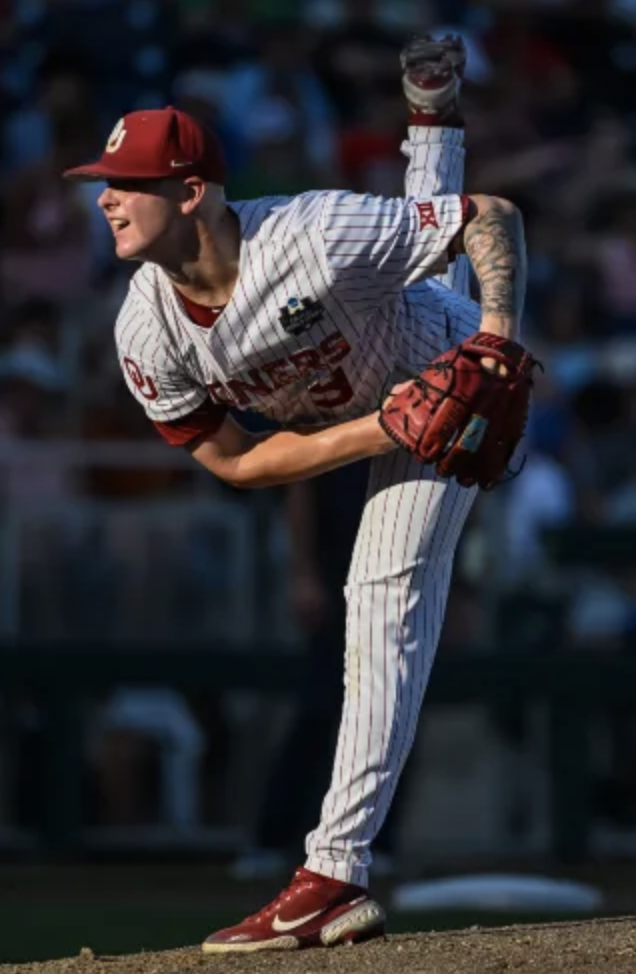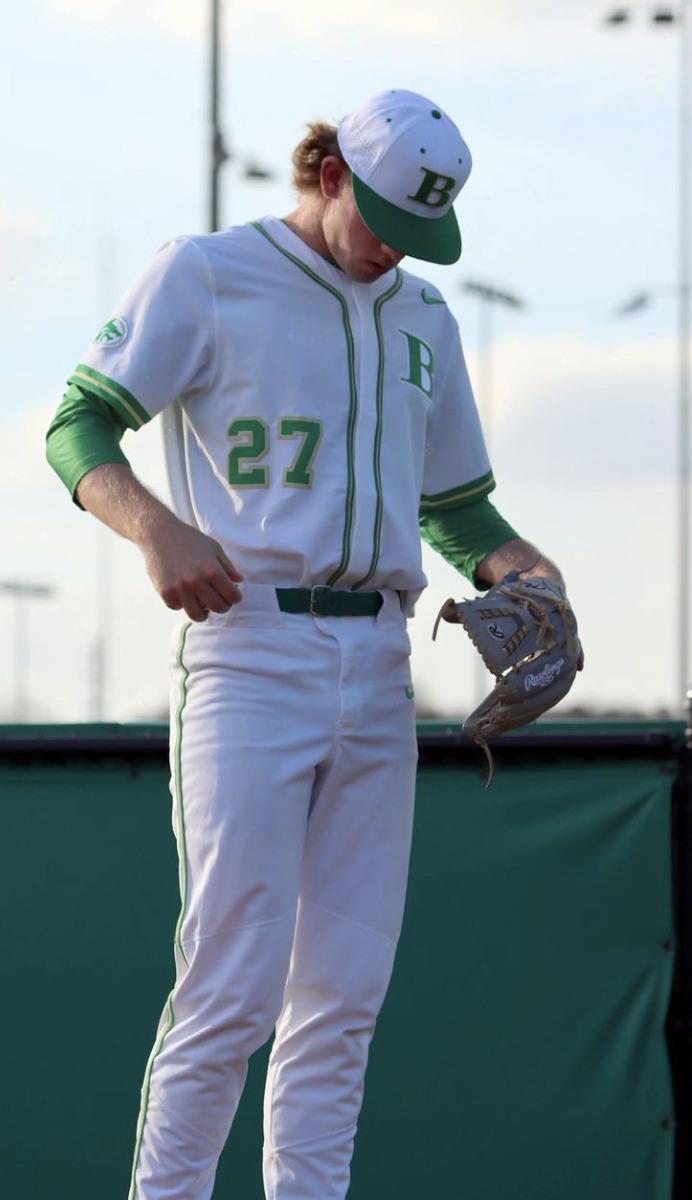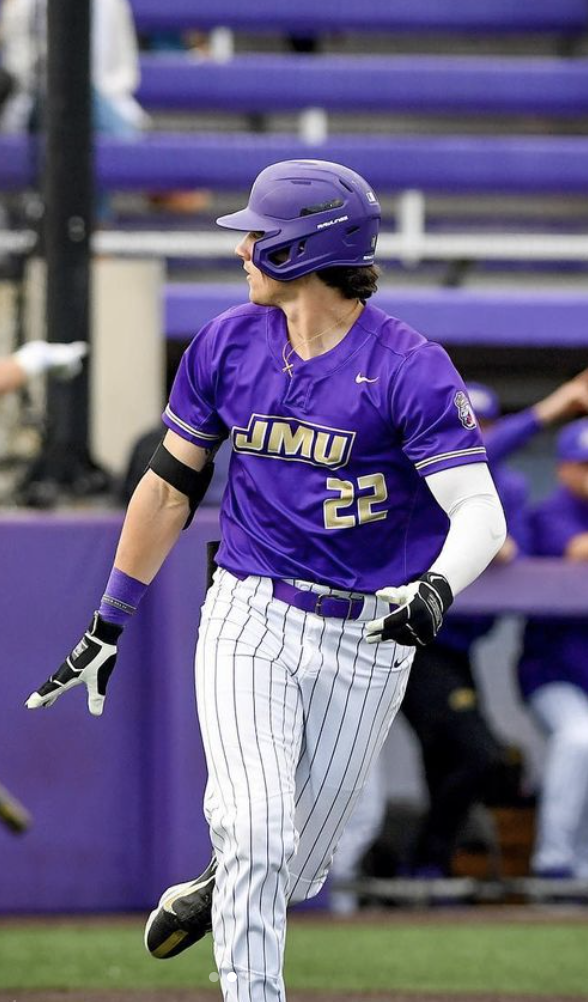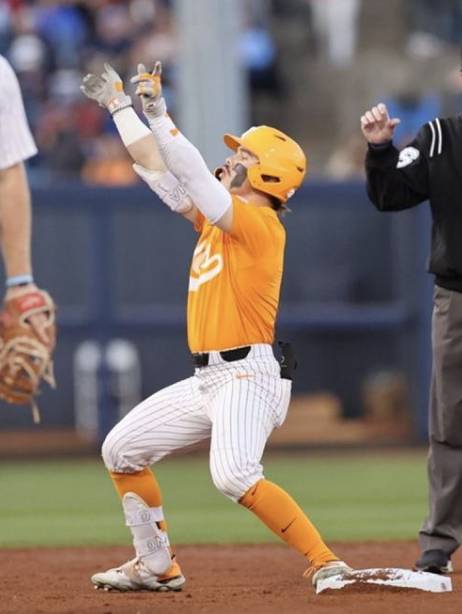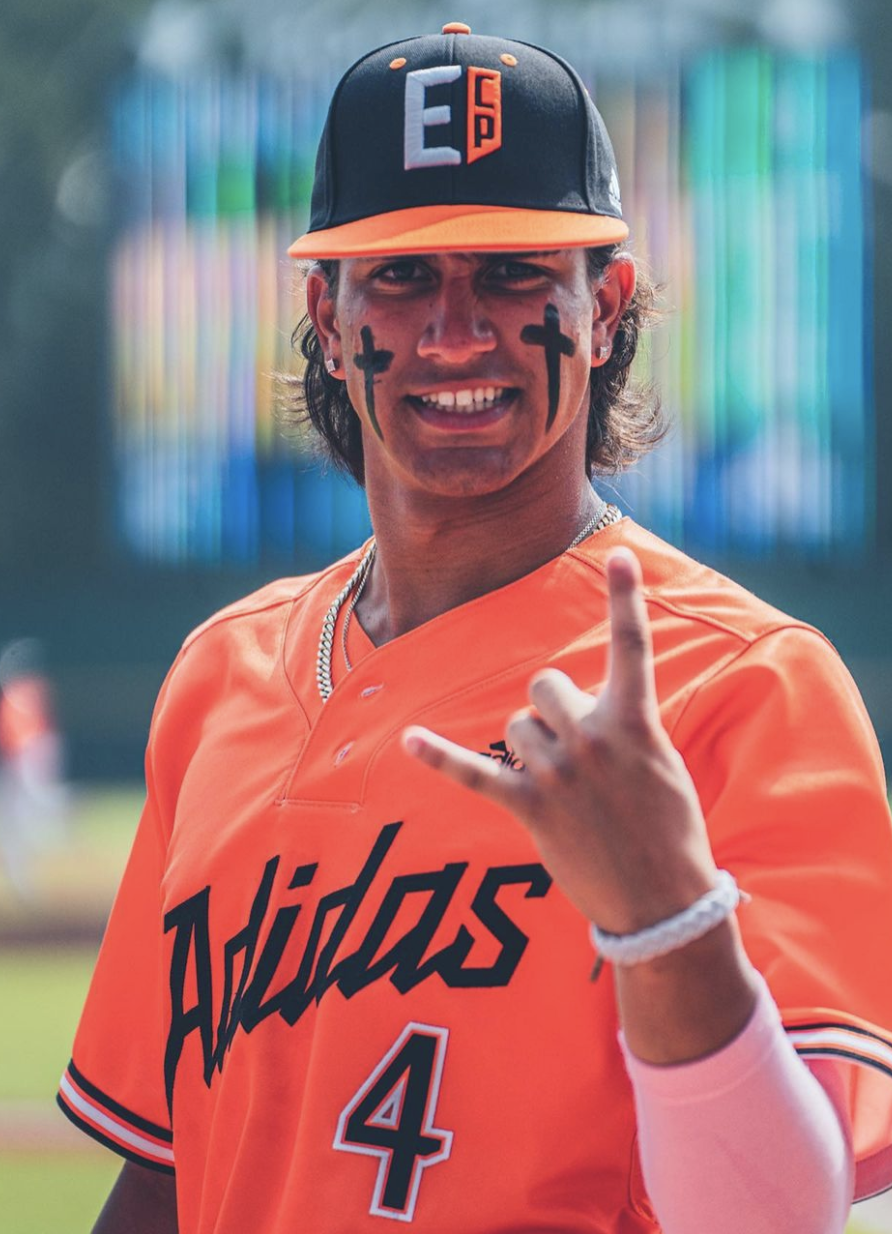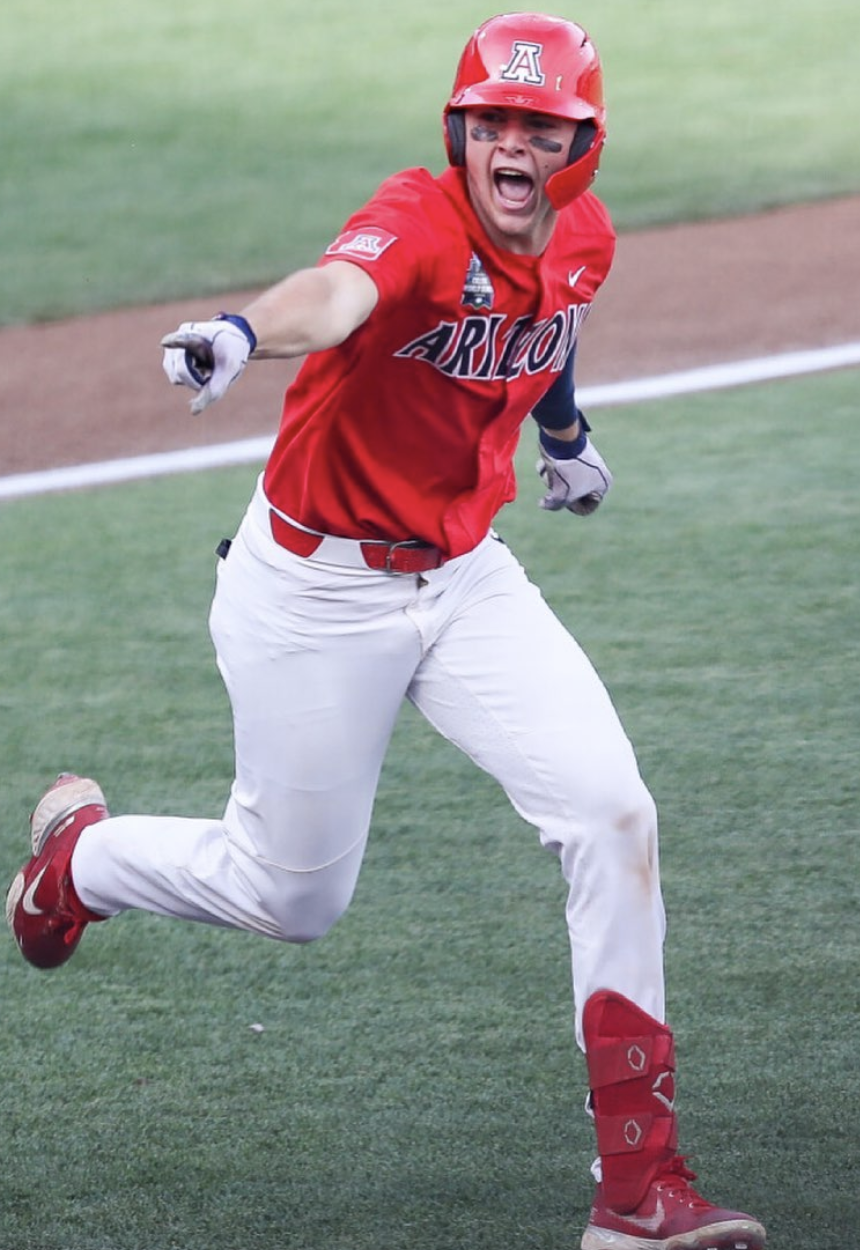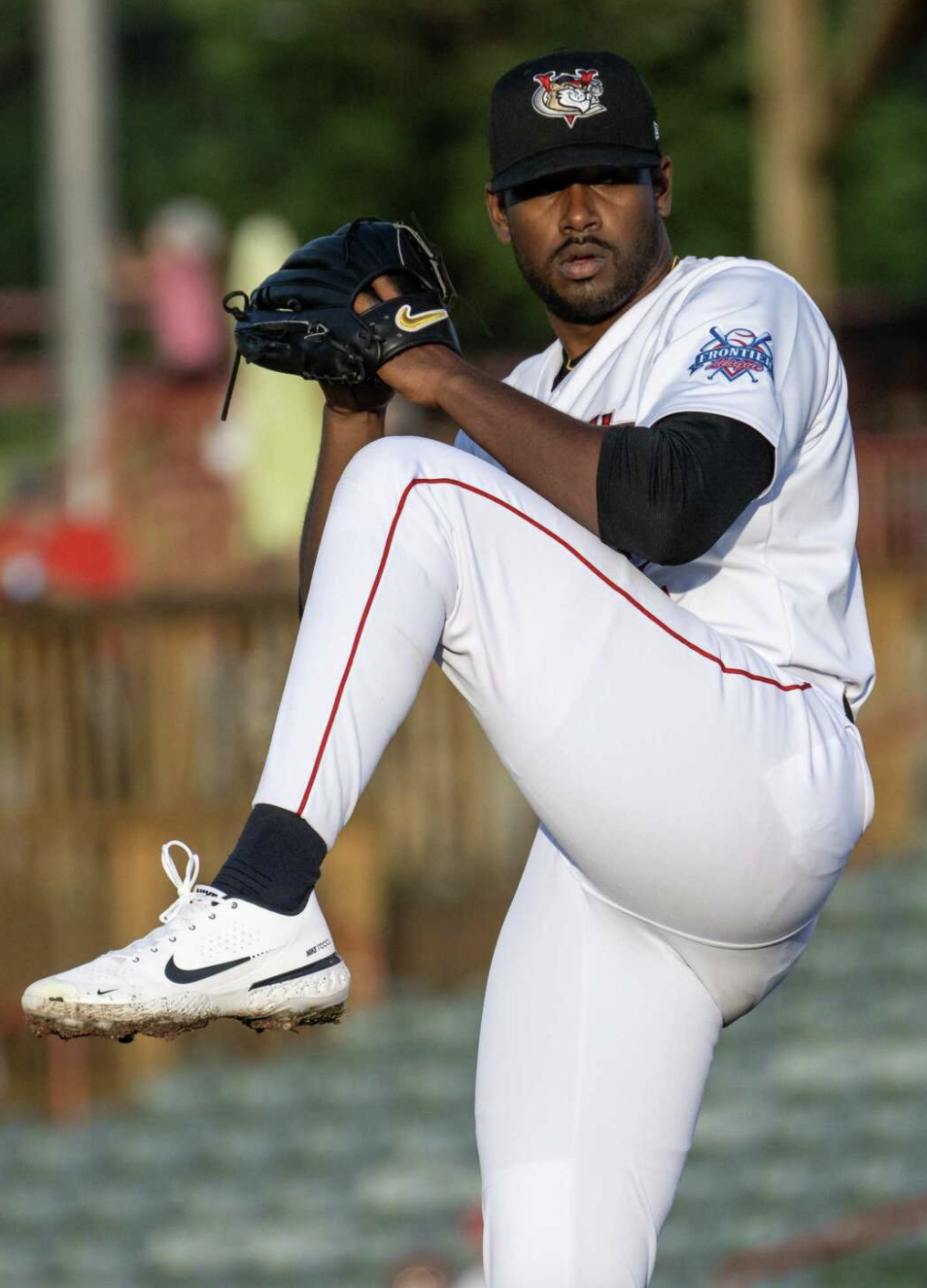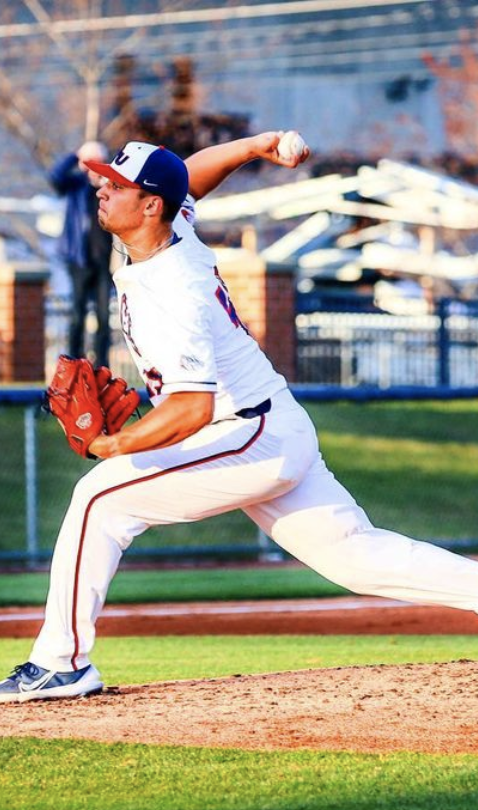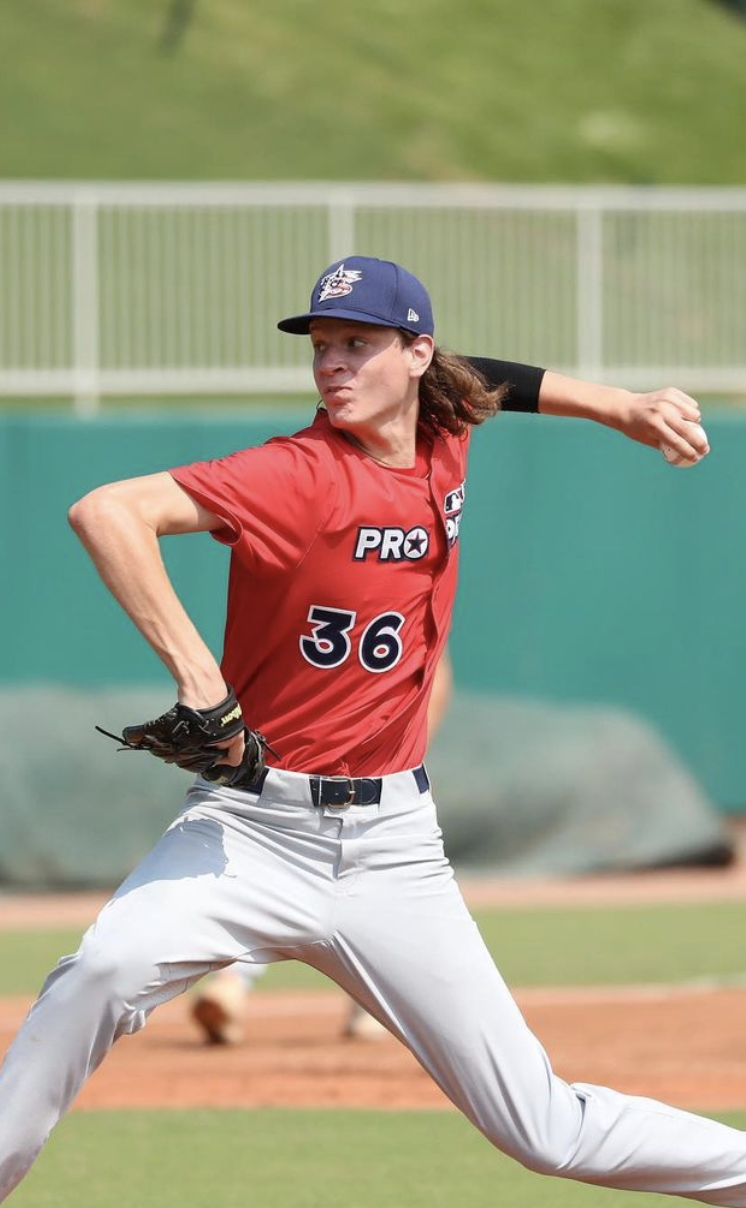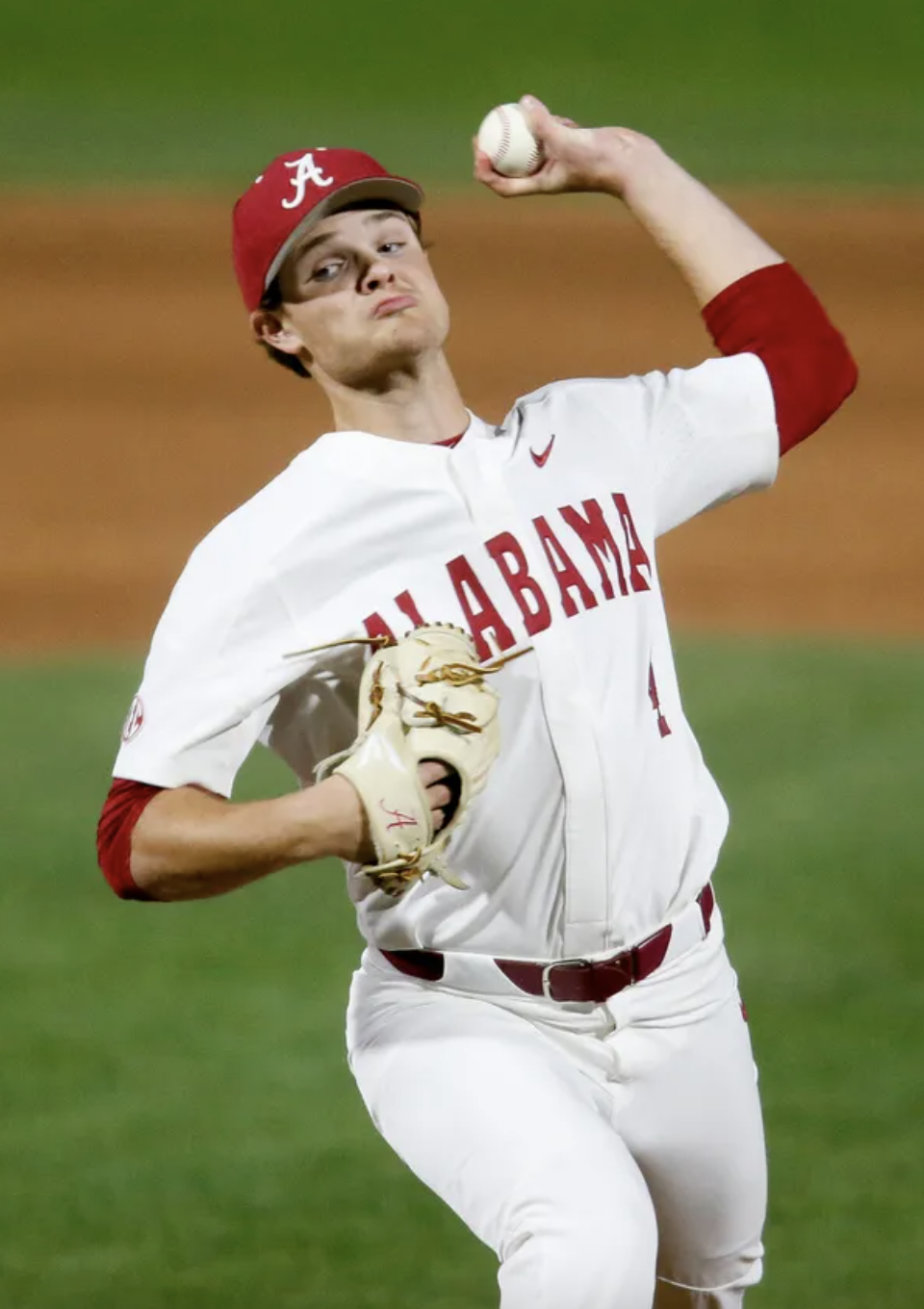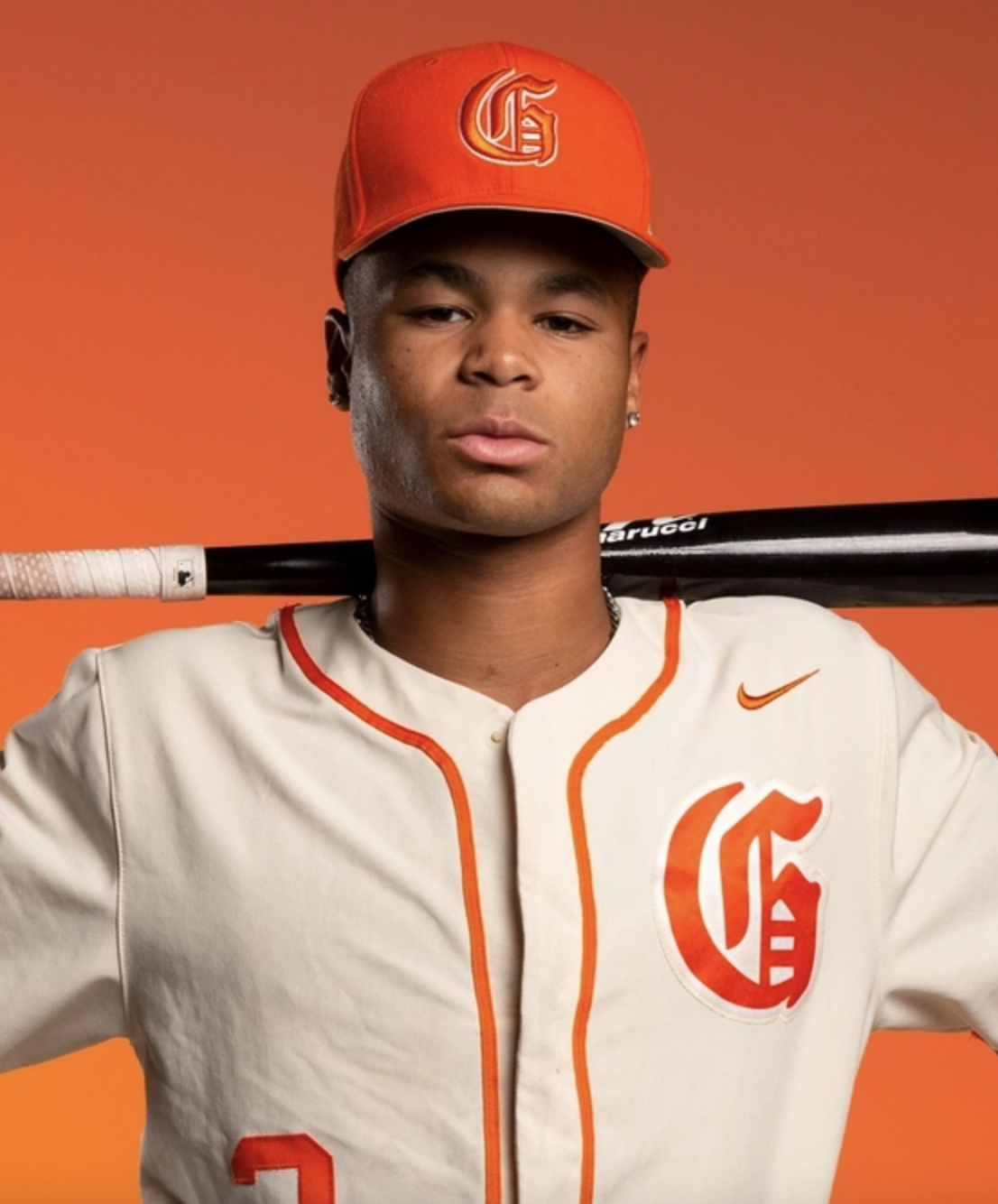It’s go time. Some high school hitters are surging while college performers remain steady at the top. There’s much more safety (if there is such a thing) in the first round this year in the form of college bats. Injured college pitchers continue to represent one of the best “values” teams can land at the back-half of day one. As always, our lists are carried by three pillars:
Our team’s Live Looks. We’ve got every corner of the country covered. Our film.
Trackman, Rapsodo and data evaluation.
Conversations within the industry; What are scouting executives, cross-checkers and scouts seeing at the ballfields?
This Top 600 really reinforces a few things we’ve always believed…
Druw Jones is simply a cut above the rest for us. That’s not to say he’ll be the first pick, but we feel strongly the ceiling here is immense.
This college crop of hitters is good. And pretty deep.
Injuries have sabotaged this college pitching class, at least at the top, but it’s still a good group, despite lacking headliners.
The high school pitching in this class has the potential to be one of the stronger groups in recent memory.
—We’ve also condensed our table at the bottom of the page. Expand any selection to see a full report —
1. Druw Jones
Outfield, Wesleyan HS
Jones has some of the most explosive athletic ability in the 2022 class and the namesake to draw in fans. The bat-to-ball skills here are impressive. Jones has substantial raw power too, comfortably plus, maybe more. At 6-foot-3, it’s a prototype frame that will undoubtedly stick in CF thanks to top-of-the-scale speed and on-field instincts. He may end up an elite defender like his dad thanks to terrific speed and a plus arm to go along with it. Some scouts have envisioned a potential shortstop here too, though most feel he’s destined for centerfield. He produces big barrel velocities with violent hands and an aggressive, whippy swing plane. He gets fantastic extension at the plate as well. The entire package is incredibly advanced. The last frontier for evaluators is seeing Jones sync up his upper and lower half with more consistency in-game, something he’s shown remarkable improvement on since last summer. He’s reasonably comfortably the best prospect in this class right now.
2. Elijah Green
Outfield, IMG Academy
One of the most exciting players in the country, Green is a do-it-all, powder-keg package of explosivity and bottled energy on the diamond. Already 6-foot-3, 225 pounds, he’s a physical specimen built differently than his peers. Simply put, there’s not much Green cannot do. Some evaluators believe he could be a plus hitter with plus-plus raw power, and he’s already tapping into that juice in-game. He’s currently at least a 70-runner with a 70-arm as well. There's definitely some swing and miss in his game, so that’ll be the one thing scouts are keeping an eye on, though it has improved. He gets anxious at the plate and can get greedy early in counts when in ambush mode, susceptible to the breaking ball. There aren’t too many warts in his game. Green is a very special talent, some calling him a generational player, that teams will undoubtedly covet at the top of the draft.
3. Jackson Holliday
Shortstop, Stillwater HS
Holliday has revered bloodlines being the son of former 7-Time All-Star Matt Holliday. He has some of the more impressive bat-to-ball skills in the high school class with power projection coming. Holliday goes to the plate looking to do damage and he's really abused the baseball to all fields over the course of his prep cycle, though some note the swing can get a little steep and Holliday will roll over on pitches at the bottom of the zone at times. While he's an offensive-oriented player, Holliday has impressive arm strength and glides all over the dirt with natural instincts. Toolset suggests he will stay in the middle infield, though it would shock nobody if he outgrew the position and end up at third base or in a corner role.
4. Kevin Parada
Catcher, Georgia Tech
Parada got considerably stronger entering 2022, his raw power jumping from above average to now some even calling it double-plus. The consensus, however, is plus raw power that he's tapping into already. He’s got extremely strong hands that help him manipulate the barrel and punish balls deep in the zone with authority. It’s an unorthodox setup, but he puts himself in a consistent position to impact the baseball. Behind the plate, it’s an average arm with better athleticism than you’ll find in most guys his size. Parada hasn't thrown out very many baserunners in his day, but the arm strength is there if only average. It's the technique that needs further refinement. He's also a fringy receiver of the baseball. Parada gets high marks both mentally and physically, and that should help his draft stock. The profile is carried by the easy plus bat, but he’s an improving defender.
5. Brooks Lee
Shortstop, Cal Poly
Listed at 6-foot-2, 205 pounds, Lee is an extremely physical, barrel-chested shortstop with a significant strength throughout his frame. Lee carries his size extremely well on the dirt where his fluidity and huge arm really stand out. He receives high marks for his instincts and leadership on the field, captaining the defense in-between plays. A switch-hitter with power from both sides, Lee showcases at least a plus hit tool, maybe 70-grade with thump. It’s above average raw power that he’s getting into, spraying missiles to all fields. Scouts believe there’s more game power coming., though he will probably never be a "power hitter" at the next level. Lee may eventually have to shift to third base. His toolset fits the position nicely. He’s a fringy runner, but his athleticism more than makes up for any foot speed he may lack. There's a history of nagging back injuries here, so evaluators will keep a close eye on his health moving forward.
6. Cam Collier
Third Base, Chipola College
Collier comes packed into a physical frame with big strength in his lower half and core. Collier reclassified from the 2023 class into this years class and because of it will be one of the youngest draft-eligible players in July. In fact, he'll be just 17 years old and 7 months on draft day. Collier is one of the smoothest players you'll find. At the plate, it's effortless and fluid with an all-fields approach and big pull-side power. Collier has a bat path that big league scouts drool over. He doesn't sell out for loft and instead generates his power inducing backspin on the baseball and driving through pitches in the zone. On the dirt, Collier is certainly destined for third base where his plus arm and soft hands project well for the position. Collier is a below average runner, though his money will be made with the bat and with his throwing arm.
7. Termarr Johnson
Second Base, Mays High School
Despite his size, Johnson has some of the best bat speed in the entire class. He has a chance to be a really special hitter when all is said and done. He's a thunderous hitter with quick, explosive actions at the plate. It's comfortably plus raw power, and he's getting into it in-game already. Johnson covers the zone extremely well and uses the whole field, displaying big opposite-field juice when he lets the ball travel. He's already a muscled up, thick middle infielder, so his ultimate home on the dirt will likely be dictated by what direction his body goes as he works his way up the developmental ladder. Currently a shortstop, Johnson probably figures to end up at second base or third base long-term. This is a potential elite-level bat.
8. Gavin Cross
Outfield, Virginia Tech
Virginia Tech isn’t the kind of school you would expect to produce a potential first-round talent, but it’s hard to ignore what Gavin Cross brings to the table. He’s been a menace at the top of the Hokies lineup throughout his career, ending 2020 with a .369 batting average and following that up with another big 2021 campaign. Cross has proven he can hit elite velo and punish mistakes spinning in the middle of the plate. He uses all fields with big bat speed and has shown huge power potential. His exit velos are among the best in the entire country. In the field, he’s manned right field for a majority of his career where he’s shown off a plus arm. He could find himself as the first Virginia Tech player drafted in the first round since Joe Saunders went 12th overall in 2002.
9. Brock Porter
Right-Handed Pitcher, Orchard Lake St. Marys
Porter is a cold-weather arm that brings plenty of heat to the table. The fastball has been clocked as high as 99 MPH, casually sitting 93-95 with plenty of riding life. His best secondary is a changeup that's at least plus, though some evaluators already believe it projects plus-plus. He throws the cambio with serious conviction and parachute-like action in the upper-70’s with enormous separation from his heater. Metrically, it’s a strong offering showcasing optimal spin rates in the 1400 RPM range. He’s got an inconsistent slider that can be wicked at its best, though in most cases it's squarely average, generally in the low-80s. He’s also got a curveball in the mid-70’s to round out a full arsenal. It’s a strong, athletic 6-foot-3 build with broad shoulders and and long levers. Three-quarters delivery with explosive arm speed. Porter continues to show improved command and control as the body matures. Evaluators would love to see the breaking ball consistency improve as we approach July.
10. Zach Neto
Shortstop, Campbell
Neto really exudes confidence and athleticism at the plate. He's an aggressive hitter who extends really well and has a knack for catching the ball out in front, tapping into a lot of his raw power. He's a good hitter with a track record of success at school and on the cape as well. It’s a rhythmic swing that relies on timing, though Neto has shown real feel for putting his body in a position to damage the baseball. Some of the quirks in his setup and swing have been compared to Javier Baez. Really good feel for tempo on the dirt with soft hands and body control. Arm might only be average, but Neto can make throws from any angle. Whether he ends up at second base, shortstop or anywhere else on the diamond, Neto has a pretty complete profile that will appeal to teams.
11. Jace Jung
Second Base/Third Base, Texas Tech
Jace, the younger brother to 2018 first round pick Josh Jung, can flat out mash. A power-oriented corner infielder, Jung hit almost .500 as a senior in high school before stepping in and starting immediately for the Red Raiders. He hit 4 home runs in 16 starts for Texas Tech in 2020 and pumped out 21 more as a true sophomore in 2021. His .337 average was among the best in the Big 12. At 6-foot, 205 pounds, Jung is a thick, super strong middle infielder with serious thump at the plate. He draws a ton of walks and limits his strikeouts to healthy levels. A second baseman now, Jung could probably move to third base at the next level. He’s got an average arm and fringy lateral mobility, but he’s quick enough on his feet where scouts think he may be able to handle the hot corner. That said, we’re certainly talking about a bat-first prospect who could eventually end up a plus-plus hitter with plus juice.
12. Cade Horton
Right-Handed Pitcher, Oklahoma
Horton was a highly regarded prep pitcher and third baseman, but went undrafted due to signability. He then tore his UCL and missed all of 2021 and the beginning of 2022 recovering. A true sophomore, Horton has a metrically appealing fastball and a high-spin power breaking ball that gave hitters fits at the end of the 2022 season. The training wheels came off in June and he started blowing hitters away. Horton is a fantastic athlete on the mound as well. He could end up a guy that sits 95 with a power breaking ball and a pro body.
13. Dylan Lesko
Right-Handed Pitcher, Buford HS
Everything comes awfully easy to Lesko on the mound. He’s considered one of the more polished arms in the class featuring an easy, fluid delivery with a four-pitch mix. Lesko’s mechanics are simple and repeatable. The heater has been up to 99, but more comfortably sits 93-96 most nights. Changeup is his best secondary, thrown with plenty of intent featuring fading action into the back foot of righties and darting away from lefties with significant depth and tumble. It’s got the makings of a legit double-plus weapon. He has a slider and a curveball, both of which flash plus at times with big spin rates and advanced command, though still inconsistent. He has very good feel of all four pitches and is more than willing to sequence backwards. Some believe Lesko represents the best prep pitching prospect the MLB Draft has seen since Hunter Greene or MacKenzie Gore. Lesko underwent Tommy John Surgery in April and will not pitch for his next team in 2022.
14. Chase DeLauter
Outfield, James Madison
DeLauter is a physical specimen. At 6-foot-4, 230 pounds, the product of Martinsburg, West Virginia can really bang at the plate. He burst onto the scene in 2021, slashing .386/.508/.723 with six homers and seven stolen bases in just 26 games. He worked 25 walks and punched out just 14 times. DeLauter has showcased his talents in the Cape Cod League as well, surging confidence in his abilities with big league scouts. Believers see an above average hitter with easy plus, potentially plus-plus raw power. Detractors believe the swing is too unconventional (a back foot sliding mechanism) to find consistent success at the pro level. He has a disciplined eye at the plate that should translate to pro ball well. In the field, it’s a plus-plus arm in a corner with rangy speed and sound fundamentals. DeLauter clocked a 6.4-second 60 at James Madison's pro day, indicative of a plus runner. James Madison has not produced a first round pick since 2007. All signs point toward that changing in 2022.
15. Drew Gilbert
Outfield, Tennessee
Gilbert is the ultimate spark plug at the top of the lineup. He's a good, slappy hitter who isn't afraid to turn and burn on a fastball when he's ahead, tapping into his plus raw power. His homers have become highlight reel shots. Gilbert plays a solid centerfield and has a plus arm to keep baserunners honest. His best trait is without question his sublime approach and discipline at the plate. He draws a decent amount of walks, but really keeps his strikeouts down and never surrenders an at-bat. Gilbert is a big personality and a gritty player who will be well-liked in dugouts.
16. Jacob Berry
Outfield/First Base, LSU
Simply put, one of the best hitters in the 2022 class. A year removed from anchoring the Arizona Wildcats lineup, Berry transferred to LSU to follow Jay Johnson. Berry was not only arguably the best freshman in college baseball in 2021, you could make the argument he was one of the best players in the country regardless of age. He's a potential plus hitter with above average power. His optimized swing is allowing the power to play immediately. He’s also got enough speed to be given some credit on the base paths too. He’s not a lumbering guy in the field, and the speed could potentially play in left field at the next level, or a team could give him a shot at third base, a position he's hardly played at all in college. Some scouts see something similar to a Kyle Schwarber type of profile here at the end of the day. A potential fringe-average left fielder with the ability to move in and play first base as well. Still, questions on his defensive value as a whole persist.
17. Brandon Barriera
Left-Handed Pitcher, American Heritage HS
Barriera has some of the best stuff in the 2022 class, from the left side no less. It’s a stress-free operation with very little effort and seamless fluidity. Barriera throws a heavy sinker that's been up to 98 with significant arm speed and top-of-the-class athleticism on the mound. He sits 92-94 in late innings, though even that seems to be ticking up. He’s got a wipeout slider that tunnels the heater well, diving on right-handed hitters and disappearing for lefty bats. He’s shown good feel for a changeup with solid separation and depth. He’s also shown a cutter to lefties. It’s a bulldog mentality, filling up the strike zone and coming right at hitters with attitude. Just 6-foot-1, 180 pounds, Barriera is still getting more and more physical as he matures into more strength.
18. Daniel Susac
Catcher, Arizona
A big, tall, power-hitting catcher, Susac looks the part. In fact, he previously switch-hit, but ditched his lefty swing for the 2022 campaign. Susac has a very good arm behind the plate, and has really improved his pitch-framing in 2022. Susac has more explosiveness and lateral mobility than most catchers his size do. But this guy will make his money with the bat. A potential plus hitter with plus power, Susac projects a middle-of-the-order impact bat, a run producer and an impact defender up the middle of the field. Susac's batted-ball data surpasses that of Henry Davis from 2021, but his chase rates in 2022 have some scouts raising an eyebrow as to whether or not he’ll be able to handle elite-level stuff at the big league level. Either way, when bat hits ball here, it’s extremely loud.
19. Cooper Hjerpe
Left-Handed Pitcher, Oregon State
You can't talk about Hjerpe without first discussing just how unique he is. It's a sub-5-foot release height that he somehow manages to stay and ride the fastball. It's legitimately a Josh Hader delivery. Hjerpe is polished with a low-90s heater, touching 95. He employs a hellacious sweeping slider and a solid-to-above average changeup. He limits walks and gets a ton of swing-and-miss on all three pitches. He's been a mainstay in the OSU rotation since arriving to campus and represents one of the more consistent forces in the class. There's loads of deception here and it's an incredibly unique profile -- some might go as far as to call it unicorn stuff. Model teams will love what he brings to the table. Definitive first round upside here.
20. Kumar Rocker
Right-Handed Pitcher, Try-City RiverCats (Indy)
After being selected 10th overall in the 2021 MLB Draft, the New York Mets and Kumar Rocker could not come to an agreement on a pro contract. Because of this, Rocker will give it another go in 2022. The weaponry is well-chronicled. A fastball that has been up to 98 but more often sits 92-95. A wicked breaking ball with tremendous depth has been graded as high as plus-plus by evaluators in the past. A cutter that flashes above average and a changeup that is below average more often than not. Rocker has the making of a big league starting pitcher with at least three pitches in his arsenal. There's some concern over his medicals after reports surfaced that he failed his physical with the Mets post-draft. Rocker's pitching shoulder will be a point of emphasis for scouts as evaluators try to determine where he fits inside this years class.
21. Gabriel Hughes
Right-Handed Pitcher, Gonzaga
Hughes, a Team USA member, suffered a broken hand in 2021 for Gonzaga, keeping him off the mound for about half of his freshman campaign, but when he was on the mound, it was awfully impressive. Big fastball can get up to 97, coupled with a sharp mid-to-high 80s slider and feel for a changeup. Hughes has two breaking balls, whether by design or accident, that melt together. Most believe it is one slider, though his release can be inconsistent. Sometimes Hughes gets more sweep than depth, sometimes vis-versa. Either way, Hughes has scouts in the Pacific Northwest drooling. First round arm talent. Requires some polish around the edges in terms of commanding the fastball and refining the entire arsenal, but the athleticism is unique.
22. Jordan Beck
Outfield, Tennessee
Beck is a big, strong, physical corner outfielder with immense raw power in his bat. He really surged toward the end of the 2021 campaign and some scouts saw him as a sleeper this class. That didn’t last long as he came out of the gates hot as hell in February and March. Swing and miss has ticked down and barrels have really begun appearing with more frequency. Beck is an above average runner, especially for his size, and he has a good arm in right field. The whole package isn’t entirely different than a Hunter Renfroe type of thumper. You don't find this kind of athleticism easily in a corner profile. He projects an average defender so long as his body and health stay fit.
23. Noah Schultz
Left-Handed Pitcher, Oswego
Schultz is an ultra-projectable behemoth at 6-foot-9, 210 pounds. For a kid his size, he repeats his delivery really well and certainly has a good feel for pitching and the strike zone. There's some real funk coming from a low, short-arm vertical release, similar to Max Scherzer's release. His fastball velocity has been 89-91 MPH and has touched 94 with serious life. He has a slurvy breaking ball with massive spin rates, as well as a slider in the mid-to-high 70's and a good fading change-up in the low-80's. The breaking ball may end up a plus-plus offering, reminiscent of the ol’ Andrew Miller slider that may him so dominant throughout his career. There's a ton to dream on from this southpaw and the funk, deception and spin rates suggest a super-high ceiling.
24. Connor Prielipp
Left-Handed Pitcher, Alabama
After dazzling in the COVID-shortened 2020 season, Prielipp entered 2021 as a must-watch arm for the 2022 class. Unfortunately, Prielipp was forced to undergo Tommy John Surgery in May 2021. He had added 25 pounds of muscle during quarantine, which led to his fastball velocity sitting at 93-96, topping out at 97 before the injury. His slider is firm and sat 88-90 MPH with late break and there's a developing change-up in the mid-80's that has promise. Prielipp gets especially high marks for his command of the baseball as well. Scouts won't be afraid to take a chance on this elite-level lefty in July. It's the same narrative as Jaden Hill from 2021, though Prielipp comes at hitters from the left side with better command and more intriguing pitch metrics. It's not out of the question for the lanky Alabama product to be the first college lefty off the board.
25. Justin Crawford
Outfield, Bishop Gorman
Son of MLB great Carl Crawford. Justin is an elite runner with a long body and long strides. It's a prototype body with immense projection. The hit tool continues to improve as he has become stronger, and he's really starting to tap into pull-side power. Crawford has the unconventional swing his father had, getting fully-extended early and keeping the barrel through the zone for a long time at the expense of sacrificing some of his raw juice. Proponents of the profile think he's scratching the surface of what his athleticism is capable of. Doubters want to see more authoritative hit tool in-game. Crawford has elite-level projection with big tools all over the board.


